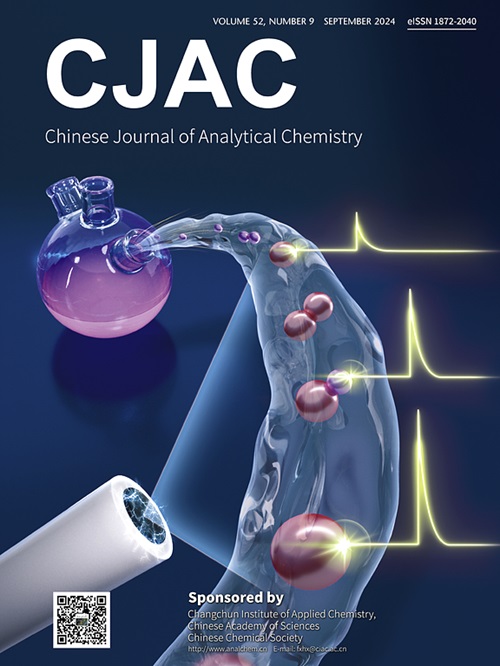Natural Egyptian zeolite ore as a novel layered adsorbent for petroleum wastewater treatment
IF 1.3
4区 化学
Q4 CHEMISTRY, ANALYTICAL
引用次数: 0
Abstract
It is critical to synthesize adsorbents that are highly effective, affordable, highly selective, and excellently recyclable to remove refinery wastewater contaminants. Natural zeolites hold great promise for purifying water that contains heavy metals and organic pollutants, which is a typical representative of refinery wastewater effluents. In this work, a natural Egyptian zeolite ore was investigated as an adsorbent for refinery wastewater treatment applications. X-ray diffraction (XRD), X-ray fluorescence (XRF), scanning electron microscopy (SEM), energy dispersive X-ray spectroscopy (EDX), Fourier transform infrared spectroscopy (FTIR) and Brunauer–Emmett–Teller (BET) analytical characterization techniques were used to characterize the zeolite ore. Batch adsorption tests were then conducted to investigate the removal efficiency of this zeolite for benzene (Bz) and strontium (Sr), two representative organic pollutants and heavy metals, respectively. This zeolite ore showed maximum adsorption capacities of 492.5 and 1700 mg/g for Sr and Bz, respectively. The Baudu isotherm model was found to be the best fit model in the case of Sr, whereas the Bz Langmuir–Freundlich and Sips models resulted in the highest R2 value. Very fast kinetics were observed, and the equilibrium times were estimated to be 10 and 20 min for Sr and Bz, respectively. The current investigation showed that this layered Egyptian zeolite ore can be very promising for refinery wastewater treatment applications. An adsorbent is used to remove pollutants from refinery wastewater.

天然埃及沸石矿石作为一种新型层状吸附剂用于石油废水处理
合成高效、经济、高选择性、可循环利用的吸附剂是去除炼油废水污染物的关键。天然沸石是炼化废水的典型代表,在净化含重金属和有机污染物的水中具有广阔的应用前景。本文研究了一种天然埃及沸石矿石作为吸附剂在炼油废水处理中的应用。采用x射线衍射(XRD)、x射线荧光(XRF)、扫描电镜(SEM)、能量色散x射线能谱(EDX)、傅里叶变换红外光谱(FTIR)和Brunauer-Emmett-Teller (BET)分析表征技术对沸石矿石进行了表征,并进行了间歇吸附试验,考察了该沸石对苯(Bz)和锶(Sr)这两种代表性有机污染物和重金属的去除效率。该沸石矿石对Sr和Bz的最大吸附量分别为492.5 mg/g和1700 mg/g。Baudu等温线模型是Sr的最佳拟合模型,而Bz Langmuir-Freundlich和Sips模型的R2值最高。观察到非常快的动力学,估计Sr和Bz的平衡时间分别为10和20 min。目前的研究表明,这种层状的埃及沸石矿石在炼油废水处理中具有很好的应用前景。采用吸附剂去除炼化废水中的污染物。
本文章由计算机程序翻译,如有差异,请以英文原文为准。
求助全文
约1分钟内获得全文
求助全文
来源期刊
CiteScore
3.60
自引率
25.00%
发文量
17223
审稿时长
35 days
期刊介绍:
Chinese Journal of Analytical Chemistry(CJAC) is an academic journal of analytical chemistry established in 1972 and sponsored by the Chinese Chemical Society and Changchun Institute of Applied Chemistry, Chinese Academy of Sciences. Its objectives are to report the original scientific research achievements and review the recent development of analytical chemistry in all areas. The journal sets up 5 columns including Research Papers, Research Notes, Experimental Technique and Instrument, Review and Progress and Summary Accounts. The journal published monthly in Chinese language. A detailed abstract, keywords and the titles of figures and tables are provided in English, except column of Summary Accounts. Prof. Wang Erkang, an outstanding analytical chemist, academician of Chinese Academy of Sciences & Third World Academy of Sciences, holds the post of the Editor-in-chief.

 求助内容:
求助内容: 应助结果提醒方式:
应助结果提醒方式:


